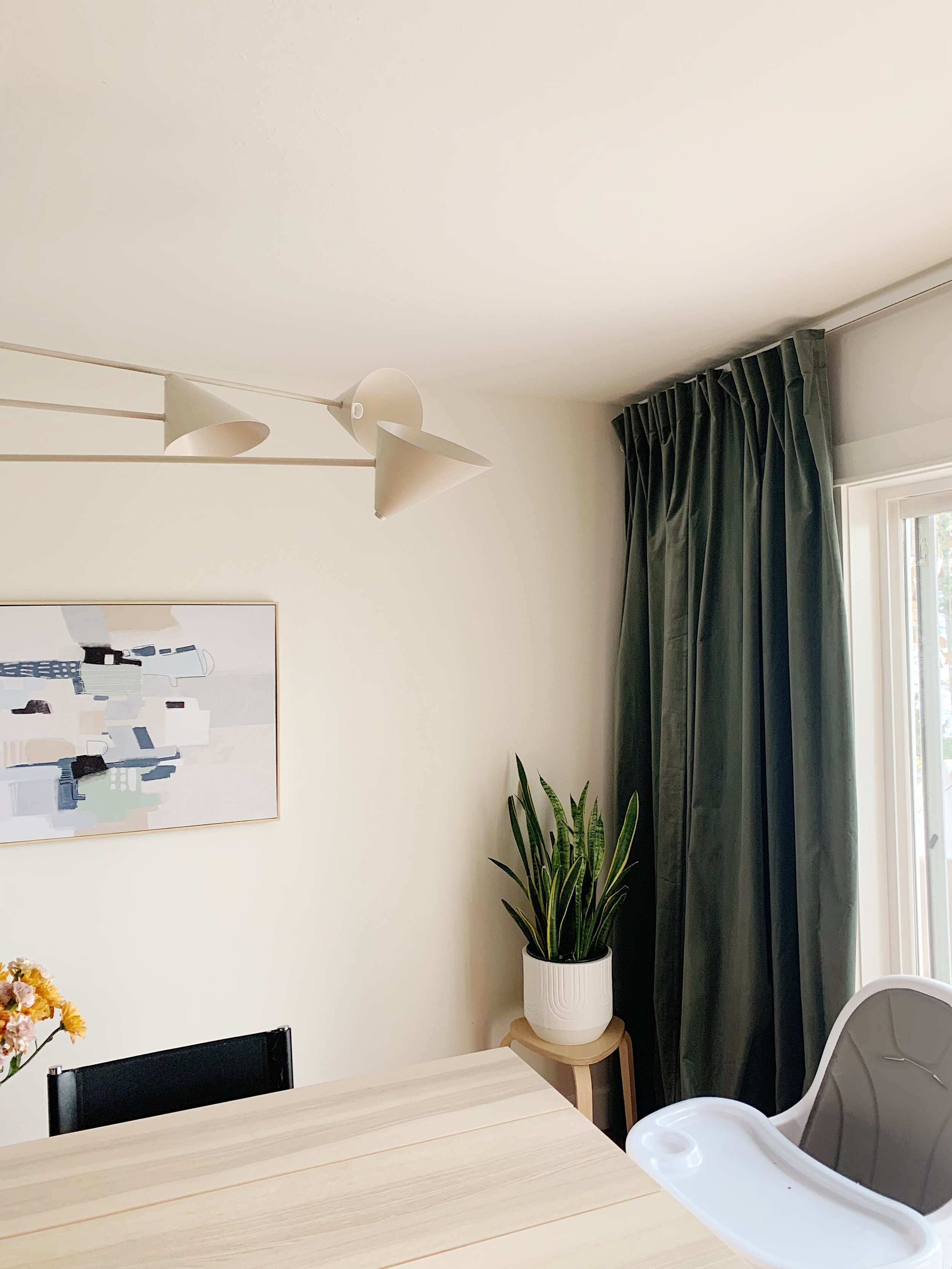Why you should be adding color to your home
There is such a simple beauty in all-white everything. With the growth of minimalism, this look took off. It forced us to look to other elements and principles of design to create an interesting space, which brought creativity. Texture and patterns suddenly had more of a moment in the spotlight than ever before. The “all-white everything” also made it easier to design spaces ourselves, since the choice of color was decided already.
Personally, I love white. I love that it makes a space so much brighter and has a light airy feel to it. But like any trend that is leaned too far, the response is to go the opposite way. For a few years, the all-white is all we have seen on Instagram and Pinterest. So in opposition, we are seeing more and more color added to homes. All white lacked visual interest, did create any divide in spaces, lacked contrast, and didn’t allow the eye a place to rest. The look quickly became flat, and boring. We want to have beautiful lasting homes that reflect who we are in our space, and only white lacks the personality coming out from us.
Adding color creates visual interest in our home. This means when someone walks into your house they would see different colors, and hues and their eye would catch to find the space interesting. Breaking up a space with color can create visual divides, which in turn allows the viewer’s eye to settle on each space before moving on to the next. Some practical examples of this are wall colors. Even with an open floor plan you can paint a space, like a hallway, and create a visual divide which in turn creates interest.
Color also creates natural contrast in a space, this adds to the composition of your home. A successful space incorporates elements and principles of design, and one of the eight elements is Color. Color can be subtle and still give the neutral look with more interest, or it can be bold, and create a really striking vibe. The use of it easily fits into any design style and will ultimately give you a more successful space. Without the visual interest that color brings in an all-white space does not allow for the eye to rest somewhere. This makes the viewer not enjoy the space the same way that they would if there was a focal point or something for them to settle on.
So how do we add in color if we already have all-white space? One easy thing to do is add neutral colors. These include navy, greens, light pinks, etc. Dark navy mimics black but still brings the blues in, and isn’t as harsh of a contrast. Green is the color of nature, so it is neutral and easier to bring whatever other colors in without clashing. Beige, light pink, and these sorts of colors are neutrals and are soft enough to blend with the white well, but still, bring in that visual interest.
Of course, you can also add bold colors. To walls, furniture, or rugs. Some people feel so much more up to this after getting tired of all white, but sometimes people also really struggle to make that transition. Another good way to add color is through your soft furnishings. This would be your area rug, your art, or your couch cushions. Adding some really bold art or a brightly colored pillow can bring in that visual interest that your room may have been missing before, but still, keep the minimal feel that white was previously achieving.
After the phase of only white being added to homes, the world realized the need for color in the design. Color creates visual interest, natural divide, contrast, and a resting place for the viewer’s eye. Changing a trend that has been around for so long is never easy, but there is wisdom in adding other elements of design to your space to keep in interesting! Hopefully, these tips can help you implement this into your space if you are looking for a subtle change.




